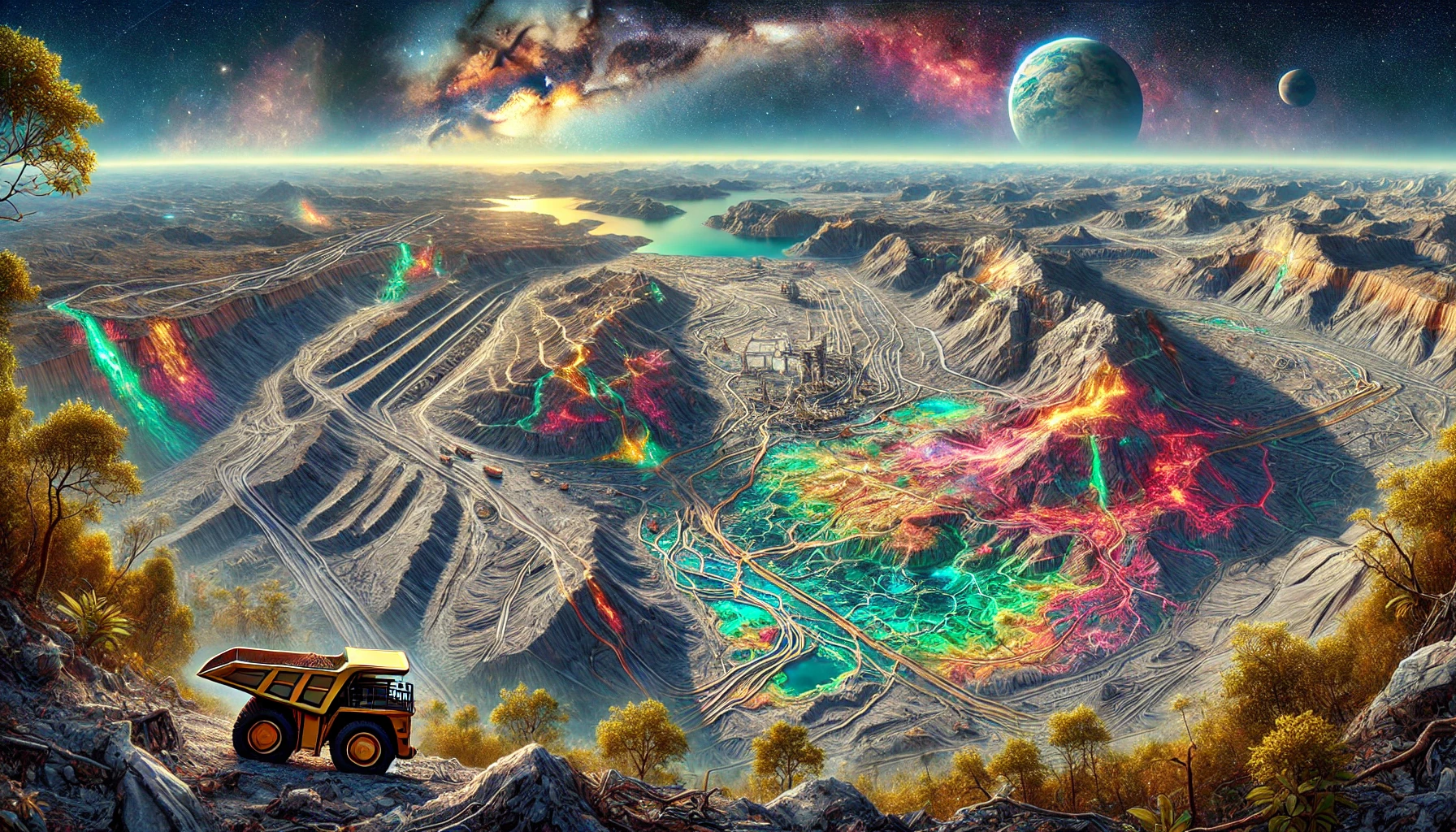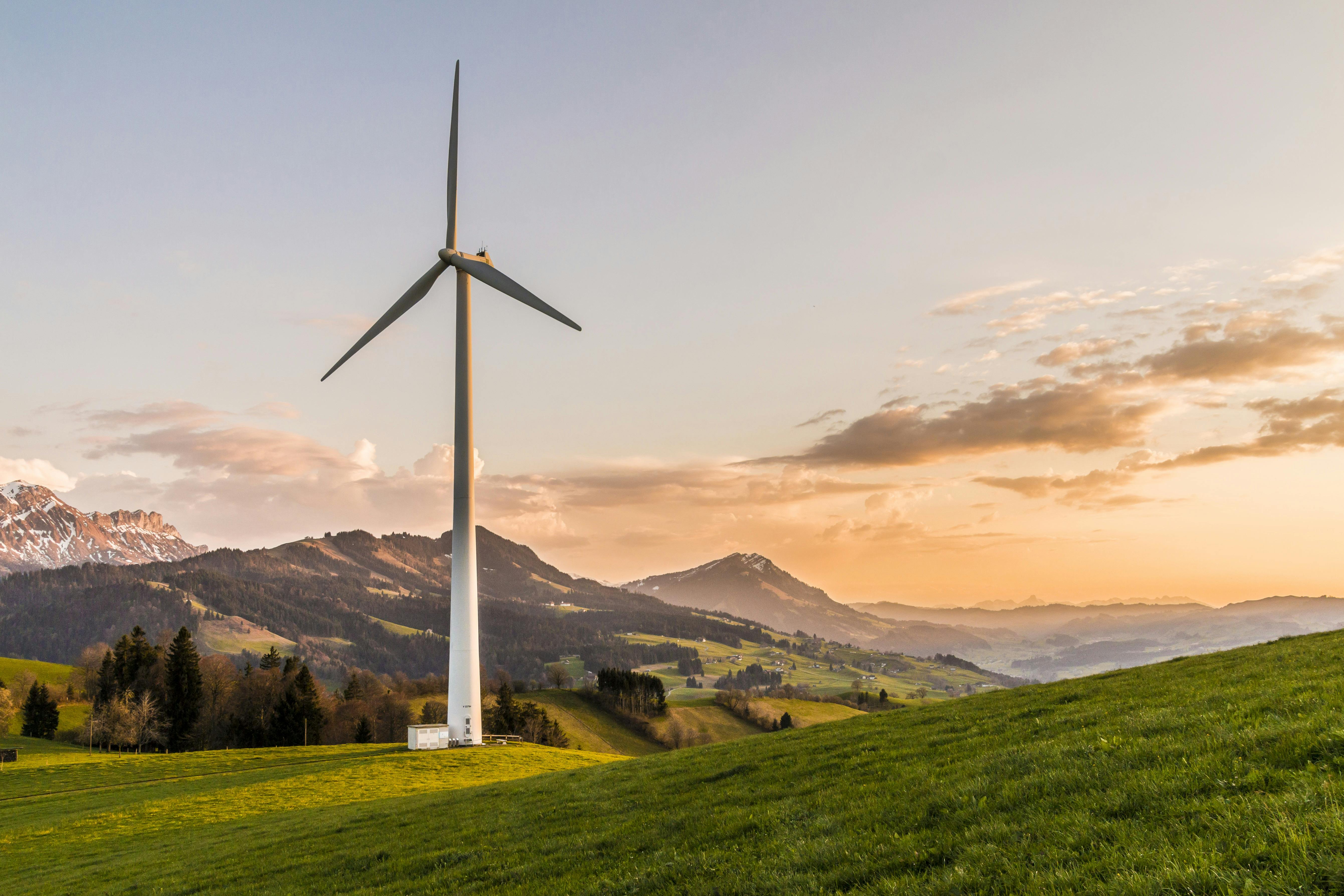The Malanjkhand copper mining area, nestled in the heart of Madhya Pradesh, India, has long been recognized for its rich copper deposits. But beyond its surface, a deeper story unfolds: one of geological transformation, hydrothermal alteration, and the power of modern remote sensing technologies. This article explores the groundbreaking methods used to map hydrothermal minerals in Malanjkhand, revealing insights into mineral exploration and sustainable practices.
What Is Hydrothermal Alteration?
Hydrothermal alteration occurs when hot fluids, often generated during magma cooling, interact with surrounding rocks. This interaction changes the mineral composition and structure of the rocks, forming zones rich in specific minerals. These zones are invaluable for mineral exploration, particularly in areas like Malanjkhand, known for porphyry copper deposits.
The Geology of Malanjkhand
Malanjkhand lies within the Central Indian Shield, a region marked by tectonic complexity. The area’s geology consists of Proterozoic granitoids, quartz veins, and mafic volcanic rocks, all bearing traces of intense hydrothermal activity. The Malanjkhand deposit itself spans 1.8 × 0.8 km², characterized by a quartz reef surrounded by altered granitoids. These features highlight the interplay of tectonic forces and magmatic processes over millennia.
Remote Sensing: A Game Changer in Mineral Mapping
Advancements in remote sensing have transformed how we explore mineral-rich regions. Using satellite data from Landsat-5, -7, and -8, researchers employed techniques like band ratio analysis and principal component analysis (PCA) to detect hydrothermal alteration zones in Malanjkhand. Let’s break down these methods:
1. Band Ratio Analysis
This technique enhances spectral features by dividing one spectral band by another, highlighting specific minerals like iron oxides and hydroxyl-bearing compounds. For example:
- Iron oxides: Red/blue band ratio.
- Hydroxyl-bearing minerals: SWIR1/SWIR2 band ratio.
Landsat-8, with its superior radiometric resolution, provided clearer differentiation of minerals compared to its predecessors.
2. Principal Component Analysis (PCA)
PCA reduces data redundancy by identifying key spectral variations. In Malanjkhand, PCA was used to:
- Highlight hydroxyl-bearing minerals (SWIR bands).
- Distinguish vegetation from mineralized zones.
- Identify iron oxides.
The results were mapped using false color composites, vividly showcasing altered zones.
Key Findings from Malanjkhand
The integration of remote sensing, petrographic, and spectroscopic techniques revealed several important insights:
- Hydrothermal Alteration Patterns: Alteration zones showed significant concentrations of chlorite, sericite, and epidote, indicating interactions with potassium-, magnesium-, and calcium-rich fluids.
- Mapping Precision: Landsat-8 outperformed earlier models, providing sharper distinctions between vegetation and mineralized zones.
- Spectral Signatures: Diagnostic absorption features were identified for key minerals:
- Epidote: 2225-2226 nm
- Sericite: 2205-2215 nm
- Chlorite: 2224-2386 nm
Implications for Mineral Exploration
The success of these techniques in Malanjkhand underscores their potential for mineral exploration globally. Remote sensing offers:
- Cost Efficiency: Large areas can be surveyed quickly and accurately.
- Environmental Sustainability: Non-invasive techniques minimize ecological disruption.
- Precision Targeting: Detailed mapping guides on-ground exploration, reducing resource wastage.
Challenges and Future Directions
While remote sensing has revolutionized mineral mapping, challenges remain:
- Data Integration: Combining satellite data with on-ground studies requires sophisticated algorithms and expertise.
- Environmental Factors: Vegetation and atmospheric conditions can obscure spectral signals.
- Technological Access: Developing nations may face barriers in accessing high-resolution satellite data.
Future advancements, such as hyperspectral imaging and machine learning algorithms, promise to overcome these hurdles, making mineral exploration even more precise and sustainable.
A Model for Sustainable Mining
Malanjkhand’s case study highlights how technology can align with sustainability goals. By leveraging satellite data, mining companies can:
- Minimize Environmental Impact: Focus exploration efforts on high-potential zones.
- Enhance Resource Efficiency: Reduce unnecessary excavation and resource wastage.
- Promote Transparency: Share data with stakeholders, fostering trust and accountability.
Conclusion
The story of Malanjkhand is one of innovation and collaboration, where geology meets technology to unlock Earth’s secrets responsibly. As we look to the future, integrating cutting-edge techniques with sustainable practices will be key to meeting the world’s mineral demands without compromising our planet.
For more insights on sustainable mining and the latest in green technologies, explore our blog at Green Future Daily. Together, let’s shape a sustainable tomorrow.
References
- Guha, S., et al. « Hydrothermally Altered Mineral Mapping of the Malanjkhand Copper Mineralization in India Using Landsat Satellite Data. » Geology, Ecology, and Landscapes, 2024.
- USGS Earth Explorer: earthexplorer.usgs.gov
- Banerjee, K., et al. « Landsat 8 OLI Data for Identification of Hydrothermal Alteration Zones. » Current Science, 2019.

